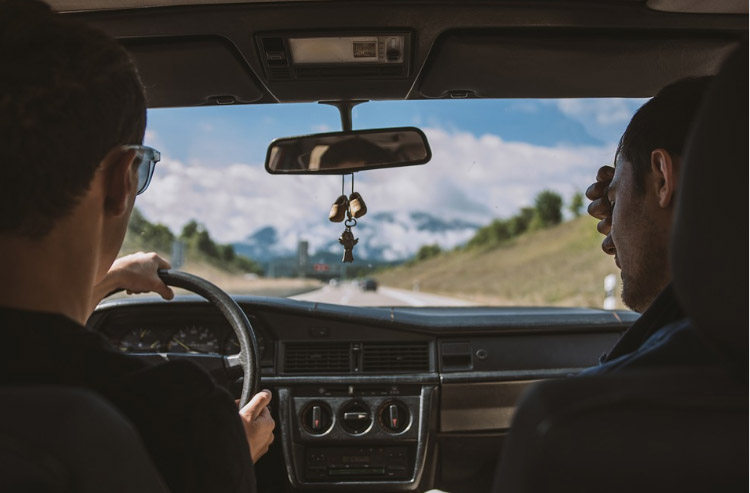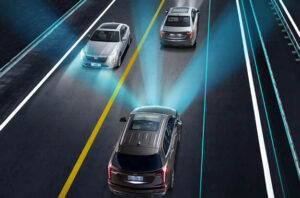
How Often Should You Perform Pre-Drive Checks?
Nobody wants to get stranded on one of our highways or while traveling to an important meeting, but when your car breaks down, it can become a real nightmare. By performing a Pre Drive Vehicle Check, drivers may be able to prevent a breakdown catastrophe.
Pre-driving inspections should be performed frequently or only once every few weeks. They were something I only recently learned about in my driving class, but I wasn’t exactly sure how frequently we needed to perform them. Every time I drive, it feels like too much work!
What Does A Pre-driving Check Entail?
Pre-driving checks are meant for testing the conditions of a car if it is fit to drive. Before beginning to drive, drivers must inspect the condition of all the objects inside and outside of the car, as well as the instrument panel, primary controls, driver’s seat, and mirrors. Every driver must perform these pre-driving inspections both before and after getting into a vehicle.
How Often Should You Pre-Drive Checks Be Performed
Every time you drive your car, it is advised that you conduct pre-driving inspections. Although it may seem a little intimidating at first, as you check your car repeatedly, the process will eventually become automatic.
Why not learn more about your insurance options while you’re learning about pre-driving checks? You can use the Jerry app to find the best prices on the necessary auto insurance coverage. You only need to download the app and answer a few short questions to see a competitive list of quotes that are tailored to you.
What Should You Examine Before Driving Tests?
You should check some parts of your car from the outside before getting inside for a pre-driving inspection, which is typically done on the inside. They are;
Lights: It’s crucial to check your front and rear lights, as well as your fog light, indicators, brake lights, and full-beam capabilities. Check that none of your lights are out, that they aren’t faded but rather very clear, that your indicators work by testing them with the hazard warning switch, and that your fog light, indicators, and full-beam capabilities are all operational.
Tires: Particularly when traveling long distances, tires are prone to rapid wear and tear. In addition to being expensive and time-consuming to fix, a blown tire can be extremely dangerous. Before you get behind the wheel, be sure to check the following in your tires.

How To Perform Pre-Drive Checks
Inspecting Your Vehicle
Your pre-driving check should move outside of your car once you’ve determined that you’re ready to go.
First, confirm that the weather is suitable for driving. Road conditions can become hazardous due to rain, snow, ice, and wind.
Next, circle your car to look for any animals, kids, or other objects that might be in the way or blocking it. When backing up, try to pay extra attention to anything or anyone nearby that you might not be able to see.
Visually check your windows, windshield, headlights, taillights, and brake lights. Especially the windshield and windows, these should all be at least somewhat clean. Visibility may be compromised or glare may be produced by dirty windows.
Inside Your Vehicle
After successfully completing your vehicle’s exterior inspection, it’s time to check that it is operating correctly and has been adjusted for comfort.
After getting into a car, you should first adjust your seat. Make sure you can comfortably and easily reach the pedals and controls without having to stretch. Consult your owner’s manual if you’re unsure how to adjust the seat in your car.
Make sure you are not sitting too close to the steering wheel when you adjust your seat. If you don’t leave the required minimum of 10 inches of space for an airbag to inflate during an accident, you risk suffering injuries.
What Are The Top Three Things That Make Driving More Dangerous?
What are the top three elements that can affect how risky driving is for you? The driver, the vehicle, the roadway, and the environment are the three elements that affect the levels of risk while driving.
Describe how each of the three steps you can take to avoid conflict will help you do so. Controlling speed, steering, and communication are the three key tasks to complete.
When Should You Look Into Your Blind Spot?
Check your driver’s view first for any car blind spots before making any lane changes or merging maneuvers. Turn on your turn signal to signal to other vehicles that you’ll be moving over, and then check your side and rearview mirrors. Last but not least, you should quickly check your shoulders.
Conclusion
Visually check your windows, windshield, headlights, taillights, and brake lights. All of them, especially the windshield and windows, should be reasonably clean. A glare or decreased visibility may be caused by dirty windows. Verify the tires next.
When you are behind the wheel, the examiner might ask you to name and demonstrate the different controls on the car. He or she might request that you turn on your side and rearview mirrors, turn on your emergency flashers, turn on your turn signals, activate your emergency wipers, and set the parking brake.



Average Rating